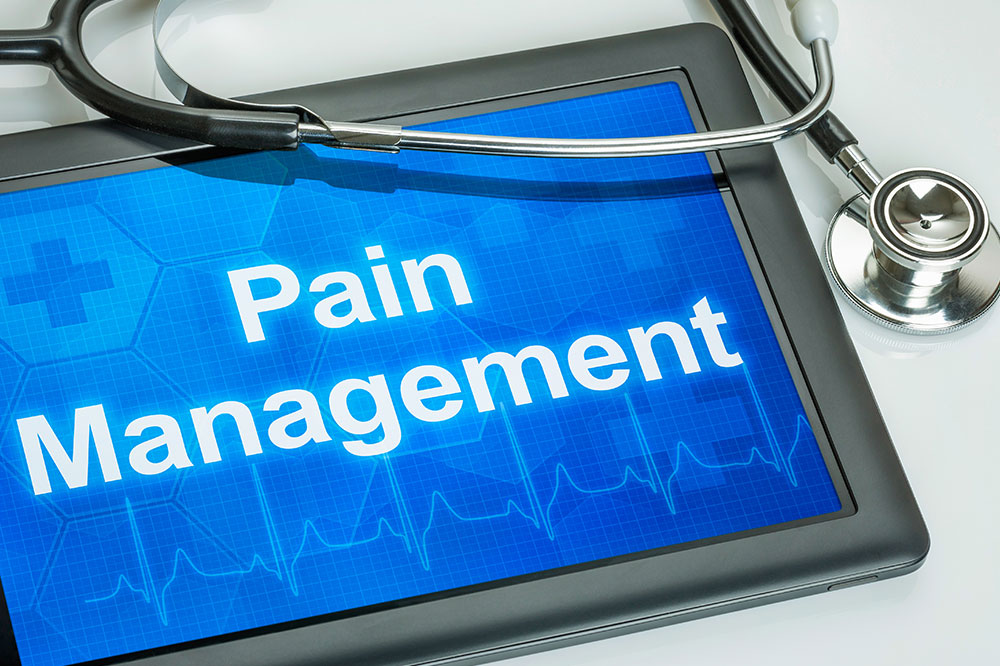
6 non-invasive pain manangement techniques
Pain is a signal sent by the body to the brain to indicate a problem. For instance, sharp pain in the ankle may indicate ankle sprain or even fracture, but it goes away as the muscles and bones heal. However, pain can sometimes linger for weeks or months on end, and a person may even experience chronic pain for years in extreme cases. This type of pain can be caused by a chronic illness or condition and deteriorates a patient’s quality of life. Here are a few non-invasive pain management techniques to manage and reduce the intensity of pain:
- Occupational therapy and physical therapy : One of the best and most effective pain management techniques is to undergo physical and occupational therapy. Physical therapy comprises exercises that improve and preserve mobility and the strength of joints and muscles. On the other hand, occupational therapy involves learning techniques to perform everyday physical activities easily without aggravating the pain.
- Biofeedback : Breathing and relaxation techniques are taught using a biofeedback machine. The machine converts physiological function data like blood pressure and heart rate into visual cues like blinking lights and graphs. Looking at these visualizations and modifying the output allows a person to learn how to control their body’s response to chronic pain.
- Tai chi and yoga : Involving meditation, breathing control, and gentle, slow movements that strengthen and stretch muscles, tai chi and yoga are extremely useful for pain management. These two techniques are beneficial for managing pain caused by arthritis, headaches, and lingering injuries.
- Exercise : Regular physical exercise can be very effective in helping break the vicious cycle of pain. Gentle aerobic exercises like cycling, walking, and swimming can effectively help in the management of pain associated with chronic conditions like fibromyalgia and arthritis. Such conditions reduce mobility, which aggravates the pain, but light exercising can help improve mobility and reduce the intensity of pain.
- Heat and cold therapy : One of the best ways to relieve pain induced by injuries is to use heat and cold therapy. This therapy is always effective for short-term pain management, and homemade hot and cold packs work wonders in most cases. Otherwise, chiropractors or physiotherapists have their own versions of hot and cold therapies for deeper penetration into tissues and muscles.
- Diet modification : Pain is usually the result of the inflammation of muscles and joints, and certain foods can trigger inflammation and aggravate the symptoms. Diet modification after consulting a dietitian or nutritionist can help deal with this cause of pain. The inclusion of certain foods and the exclusion of some others can help relieve inflammation and alleviate pain. Diet modification is usually not effective by itself, so other pain management techniques may be combined for optimal results.


